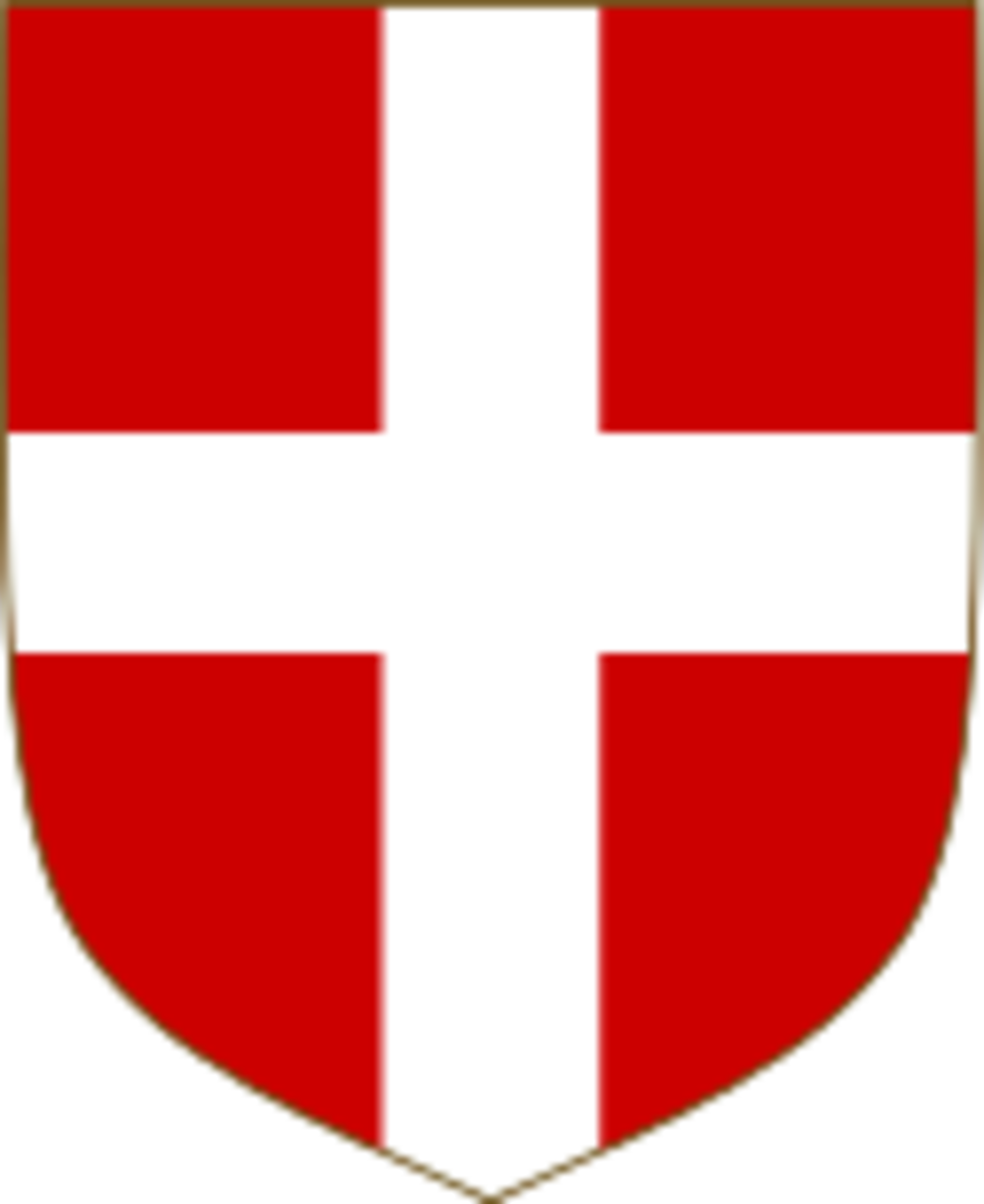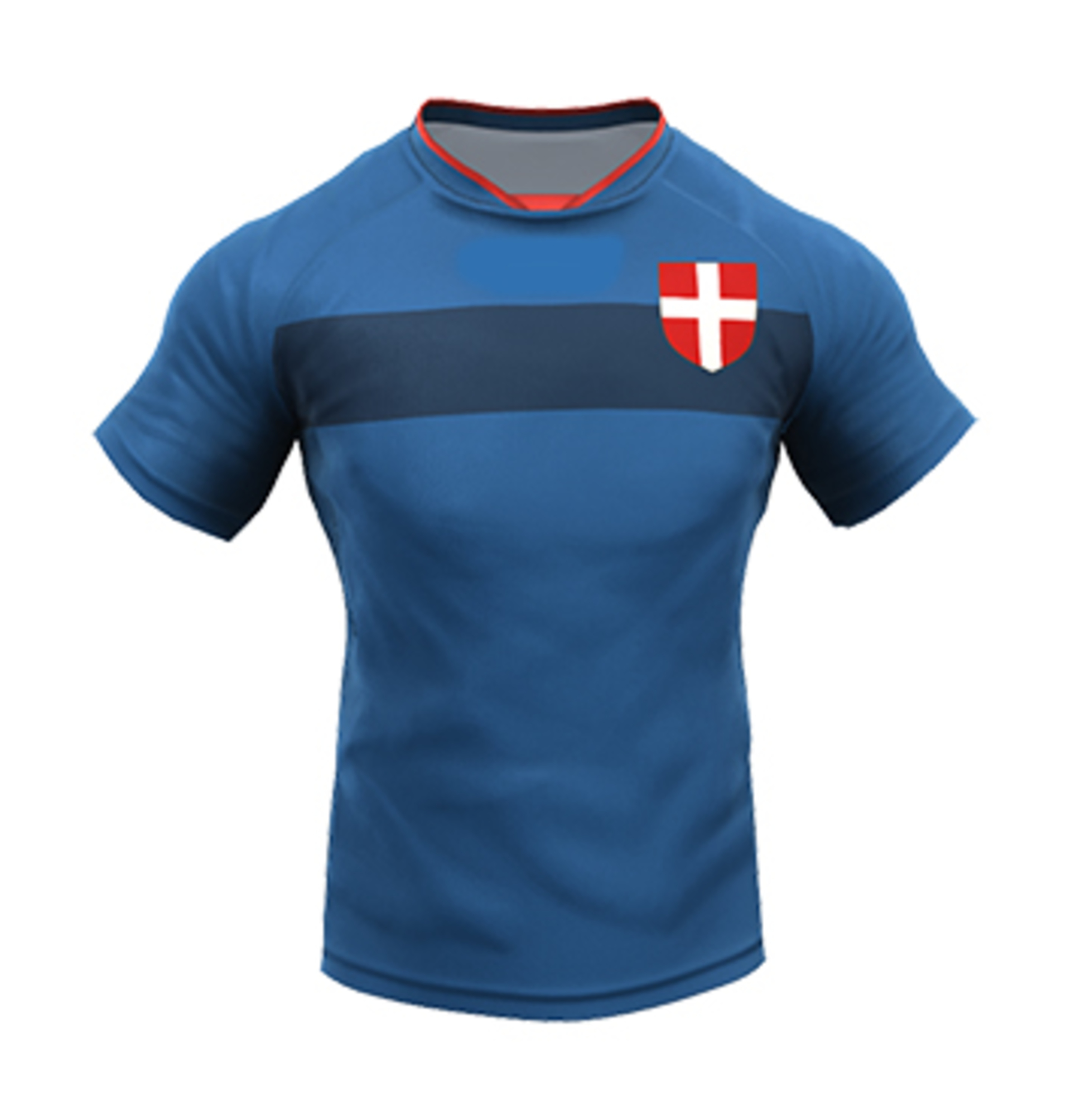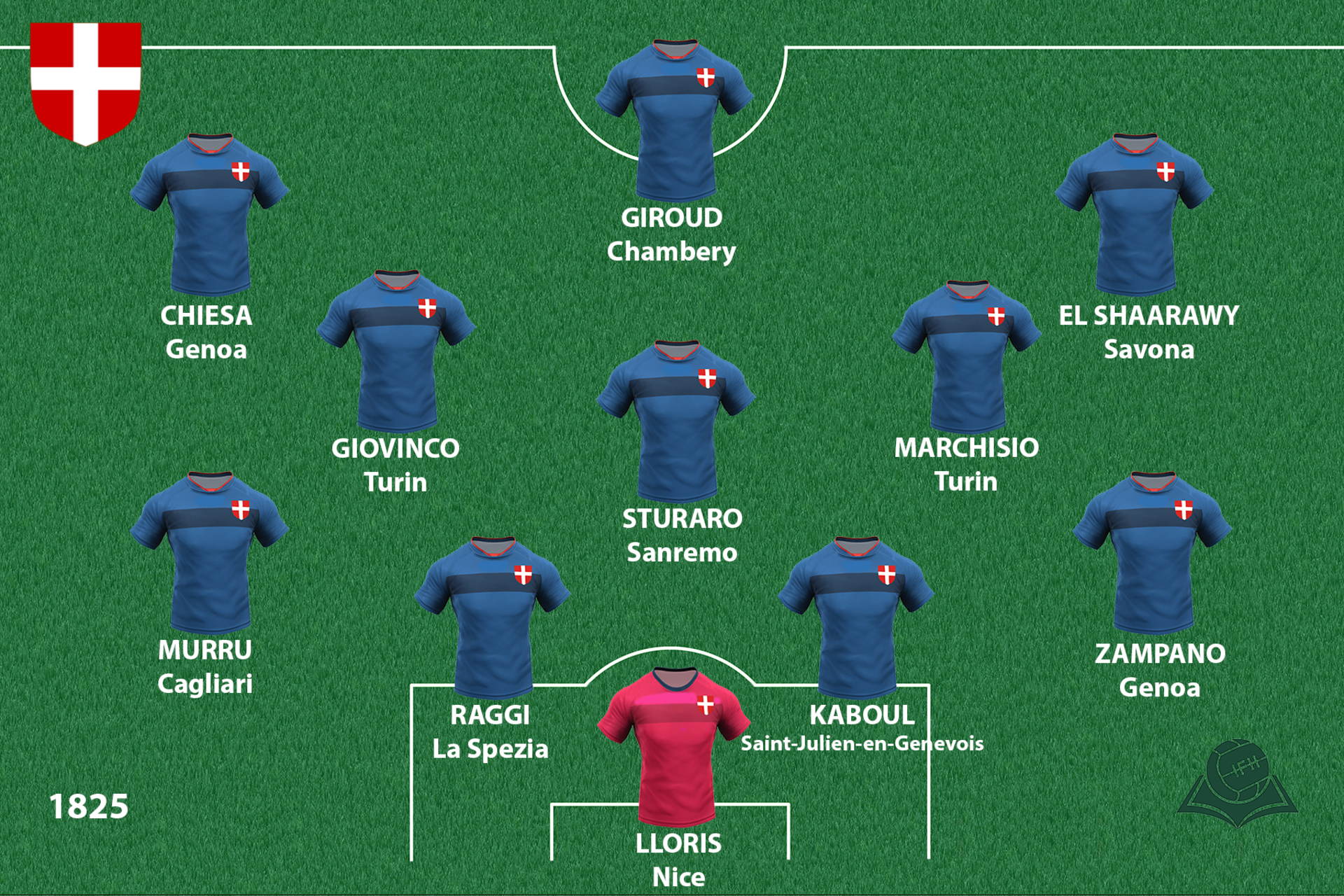Kingdom of Sardinia
Before 19th century, Piedmont (“Foot of the mountain”) was often referred to as the “subalpine kingdom”. Since the late Middle Ages, it has been associated with the dukes of Savoy, who had their Capital in Chambery until the 16th century, when they transferred it to Turin.

Coat of arms

Shirt
| Position | First name | Last name | Mjesto rođenja | Like | Dislike | |
|---|---|---|---|---|---|---|
| GK | Hugo | LLORIS | Nice |
10 |
1 |
|
| GK | Salvatore | SIRIGU | Nuoro |
1 |
0 |
|
| DC | Alberto | MASI | Genoa |
0 |
0 |
|
| DC | Younes | KABOUL | Saint-Julien-en-Genevois |
2 |
1 |
|
| DRC | Dario | DEL FABRO | Alghero |
0 |
0 |
|
| DLC | Malang | SARR | Nice |
4 |
0 |
|
| DRLC | Andrea | RAGGI | La Spezia |
0 |
0 |
|
| DRLC | Fabricio | CACCIATORE | Turin |
1 |
0 |
|
| DRL/MR | Francesco | ZAMPANO | Genoa |
0 |
0 |
|
| DRL/ML | Gregorie | PUEL | Nice |
0 |
0 |
|
| DL | Nicola | MURRU | Cagliari |
0 |
0 |
|
| DL | Paolo | DE CEGLIE | Aosta |
0 |
0 |
|
| DMC | Benjamin | ANDRE | Nice |
0 |
0 |
|
| MC | Alessandro | DEIOLA | San Gavino Monreale |
0 |
0 |
|
| MC | Claudio | MARCHISIO | Turin |
6 |
0 |
|
| MC | Nicolo | BARELLA | Cagliari |
1 |
0 |
|
| MC | Stefano | STURARO | Sanremo |
3 |
1 |
|
| MLC | Francesco | CASSATA | Sarzana |
0 |
0 |
|
| MRLC | Adrien | THOMASSON | Bourg-Saint-Maurice |
0 |
0 |
|
| MRLC | Yoric | RAVET | Echirolles |
0 |
0 |
|
| AMC/SS | Sebastian | GIOVINCO | Turin |
3 |
1 |
|
| AMRLC | Luca | RIZZO | Genoa |
0 |
0 |
|
| AMRL | Federico | CHIESA | Genoa |
2 |
0 |
|
| AMRL | Jimmy | CABOT | Chambéry |
0 |
0 |
|
| AMRL | Morgan | AMALFITANO | Nice |
0 |
0 |
|
| FRLC | Stephen | EL SHAARAWY | Savona |
5 |
1 |
|
| FC | Alberto | GILARDINO | Biella |
0 |
0 |
|
| FC | Gianluca | LAPADULA | Turin |
0 |
0 |
|
| FC | Moise | KEAN | Vercelli |
4 |
0 |
|
| FC | Olivier | GIROUD | Chambery |
4 |
0 |
|
| FC | Pietro | PELLEGRI | Genoa |
0 |
0 |
|
| FC/SS | Marco | SAU | Sorgono |
0 |
0 |
(Today part of northwestern Italy: southeast France)
Unlike the communes and urban civilization in neighboring Lombardy and other northern Italian regions, feudal Savoy was more rural in its system of governance and therefore more similar to other countries of Western Europe. When the dynasty of Savoy received Sardinia in 1720, along with a royal title, the country diplomatically became the Kingdom of Sardinia. However, Piedmont, and not the primitive and sparsely populated island of Sardinia, remained the economic and political center. The most important event to determine the future of Piedmont happened near the end of the Napoleonic wars, when it gained the important port of Genoa, becoming a maritime country and an “Italian” one.
Since that time, Piedmont would be more oriented toward the Apennine peninsula than France or Switzerland. In fact, many Italian political exiles would move there and it would stand at the head of the failed Risorgimento in 1848, as well as play a crucial role in the creation of the Kingdom of Italy (1859-1870). Still, French was the first language of the educated classes in 19th century Piedmont, while Italian was their second language. Those who could neither read nor write spoke Piedmontese and became literate only after accepting Italian as their literary language.
Sources
- Felipe FERNANDEZ-ARMESTO, Narodi Europe, Zagreb, 1997.
- Giuliano PROCACCI, Povijest Talijana, Zagreb, 1996.
- Coat of arms, https://en.wikipedia.org/wiki/Amadeus_VII,_Count_of_Savoy
